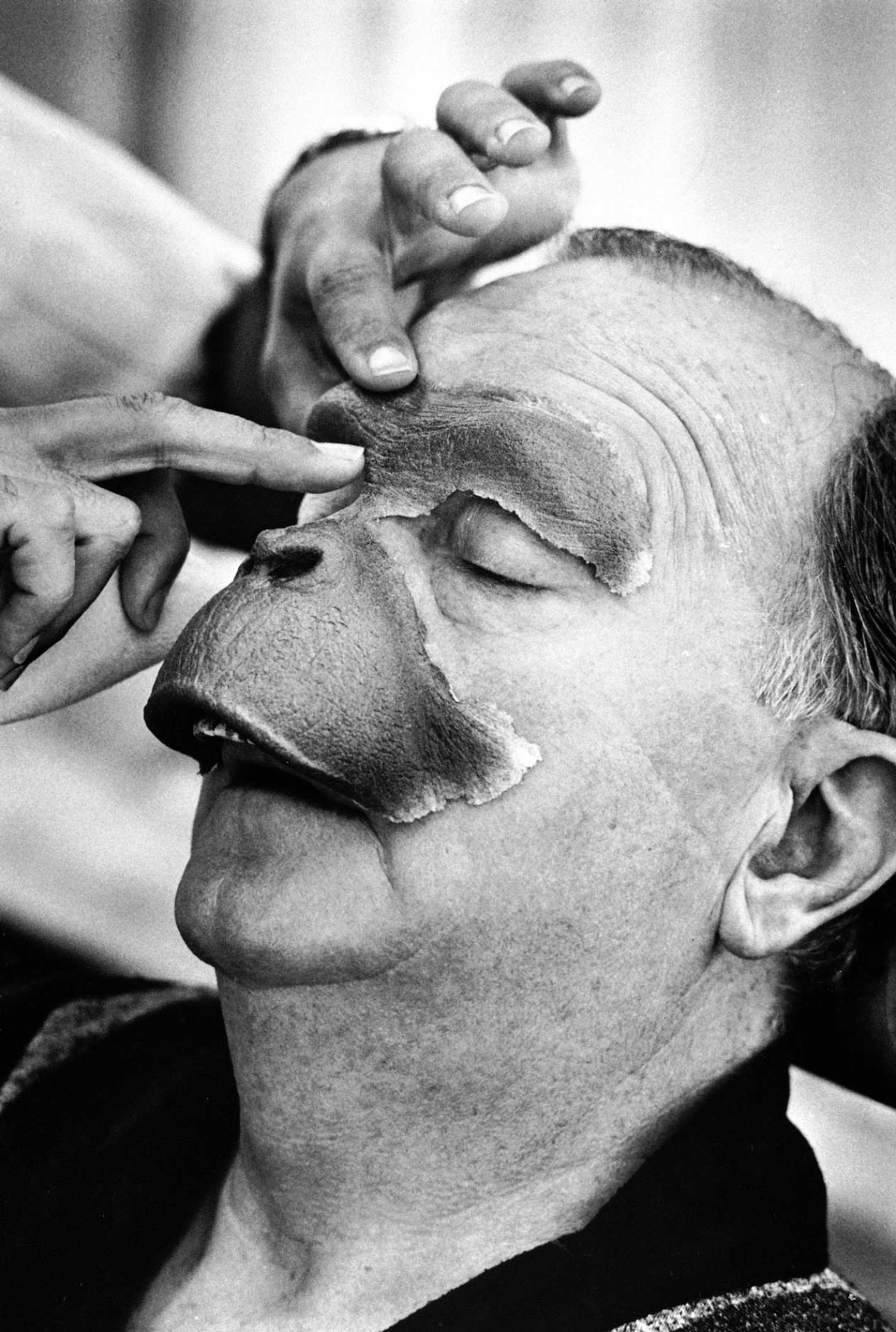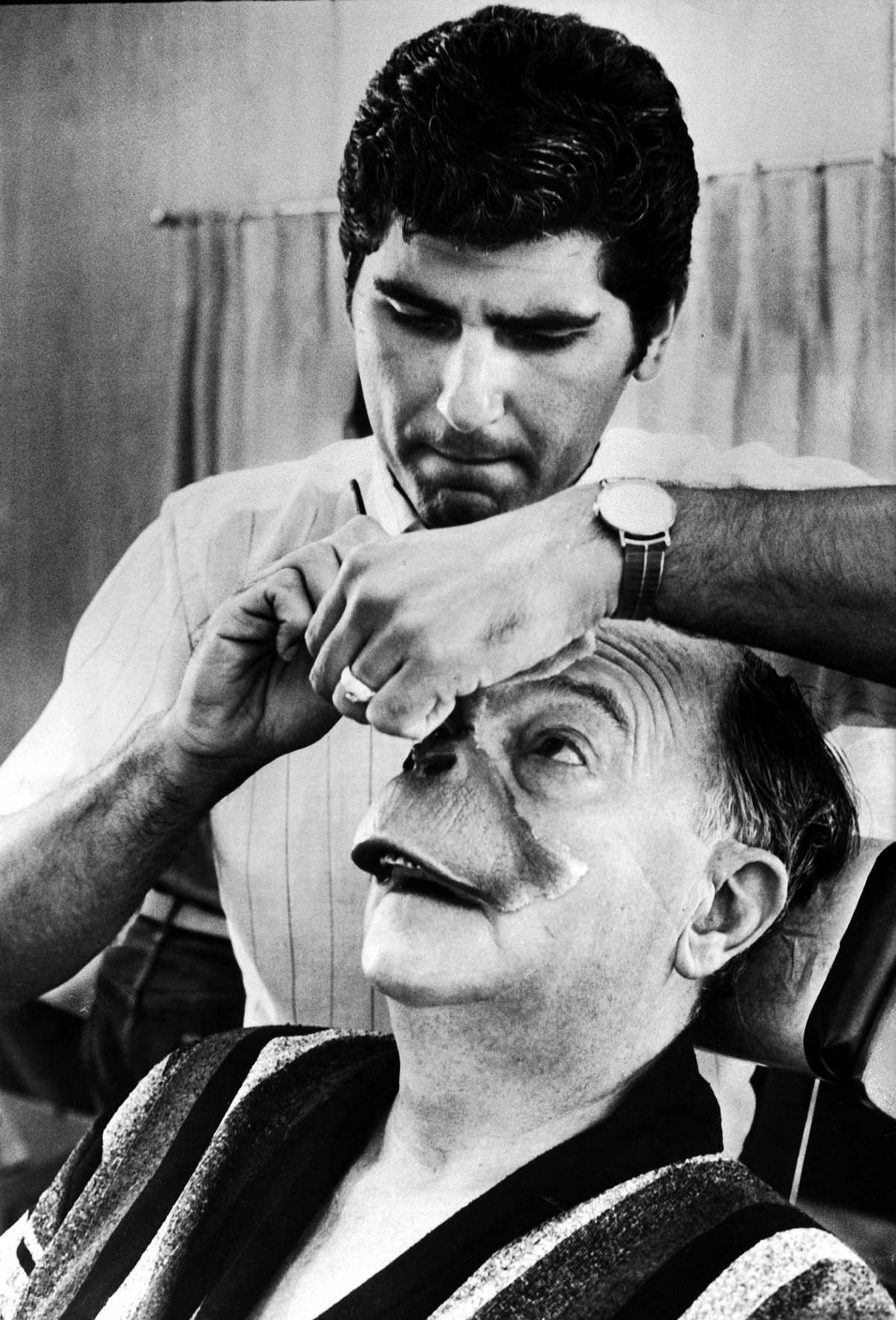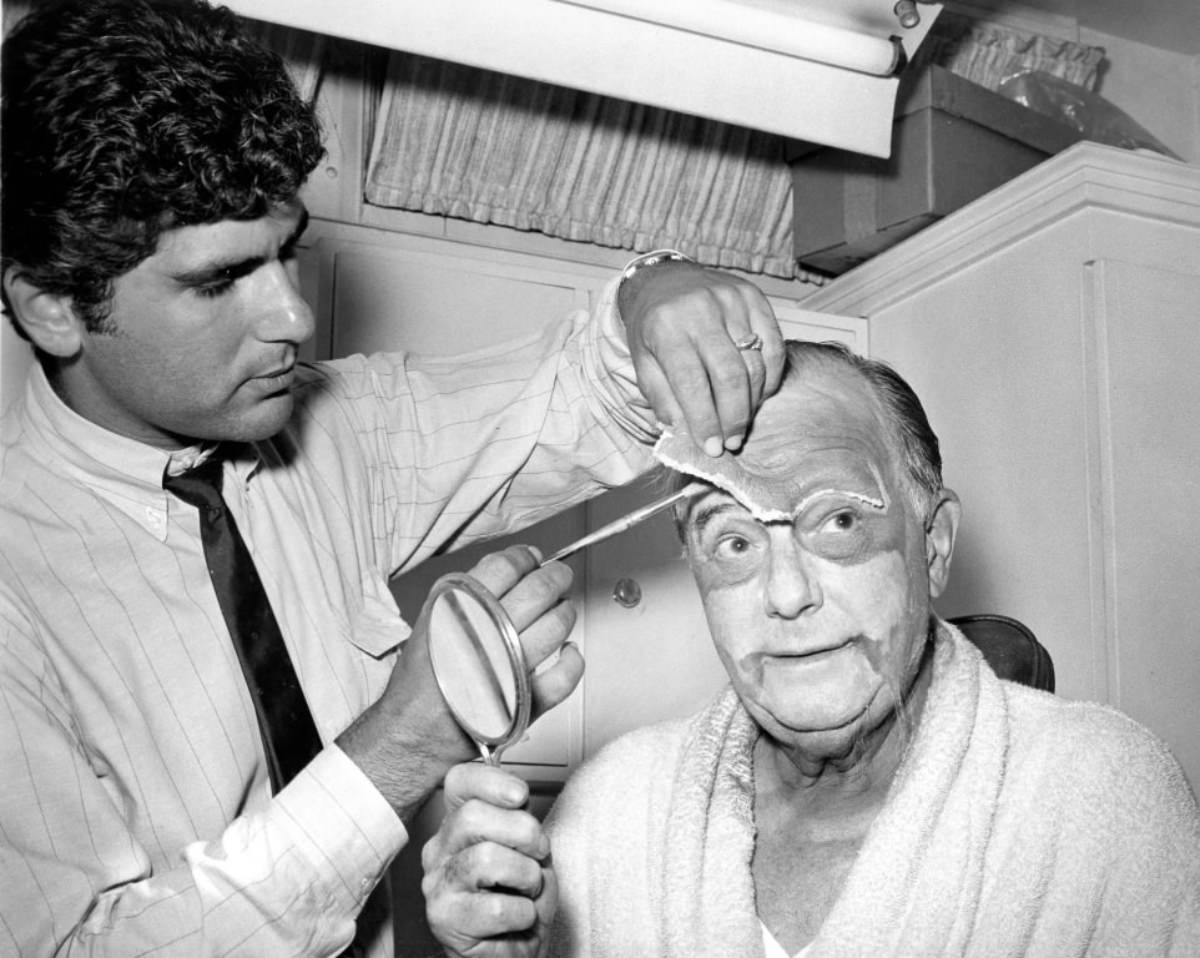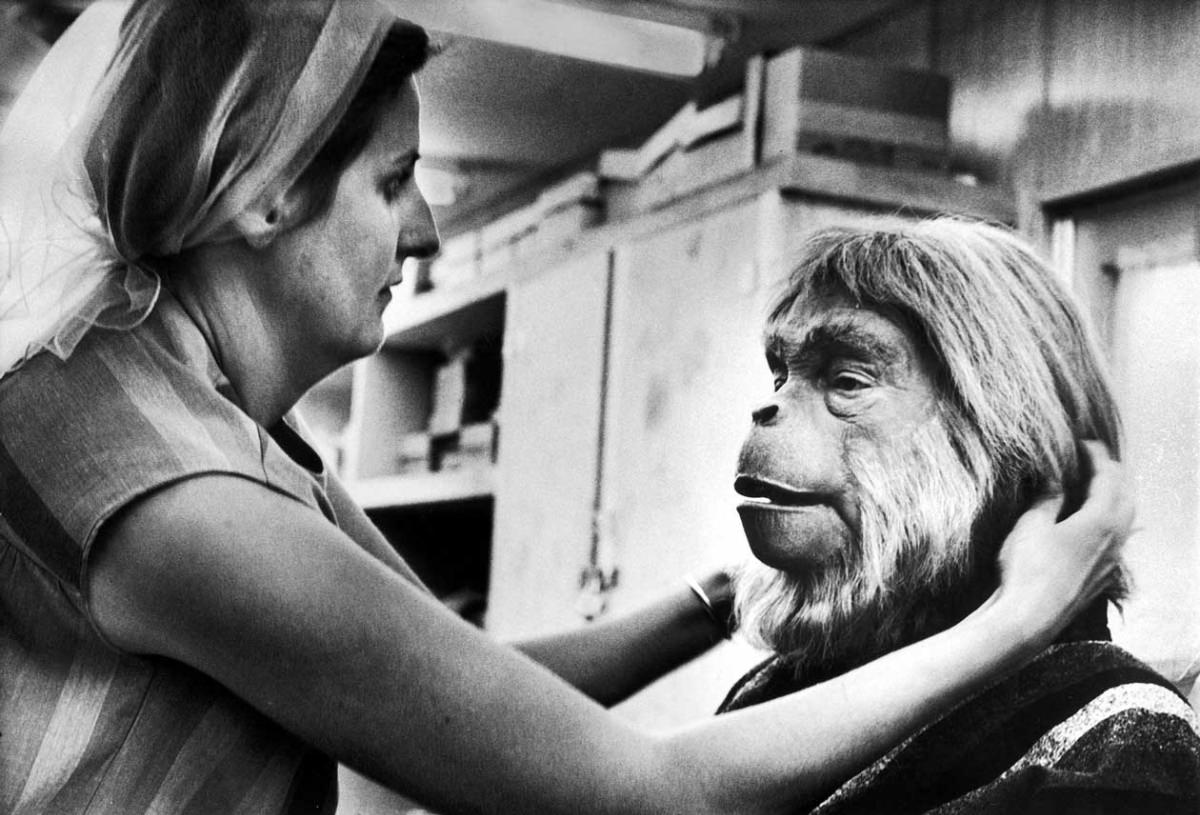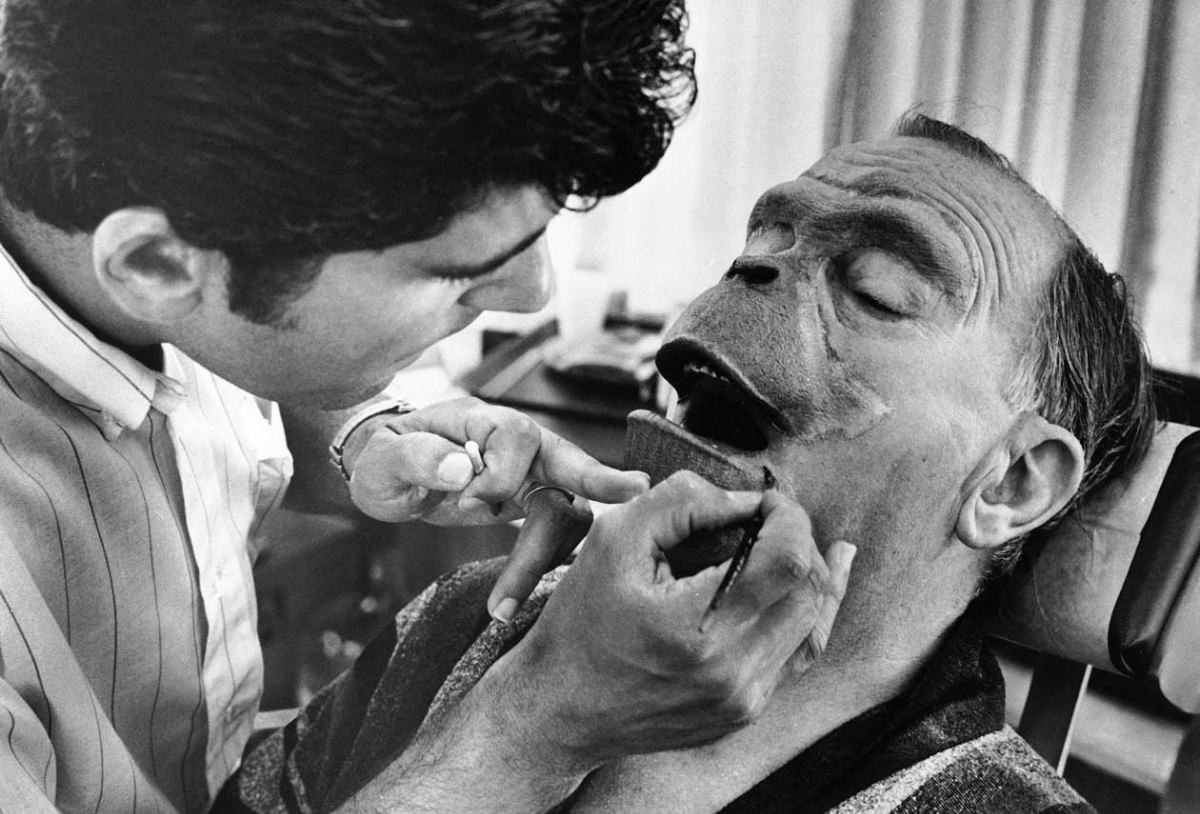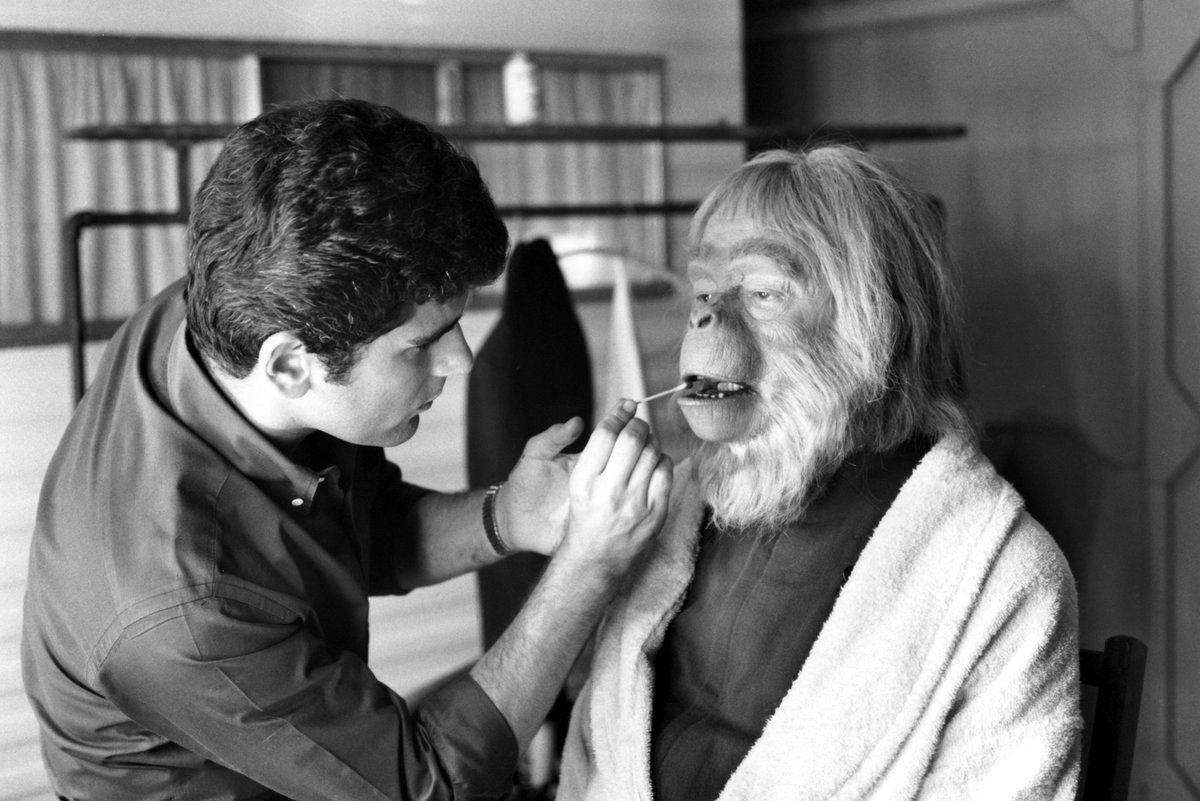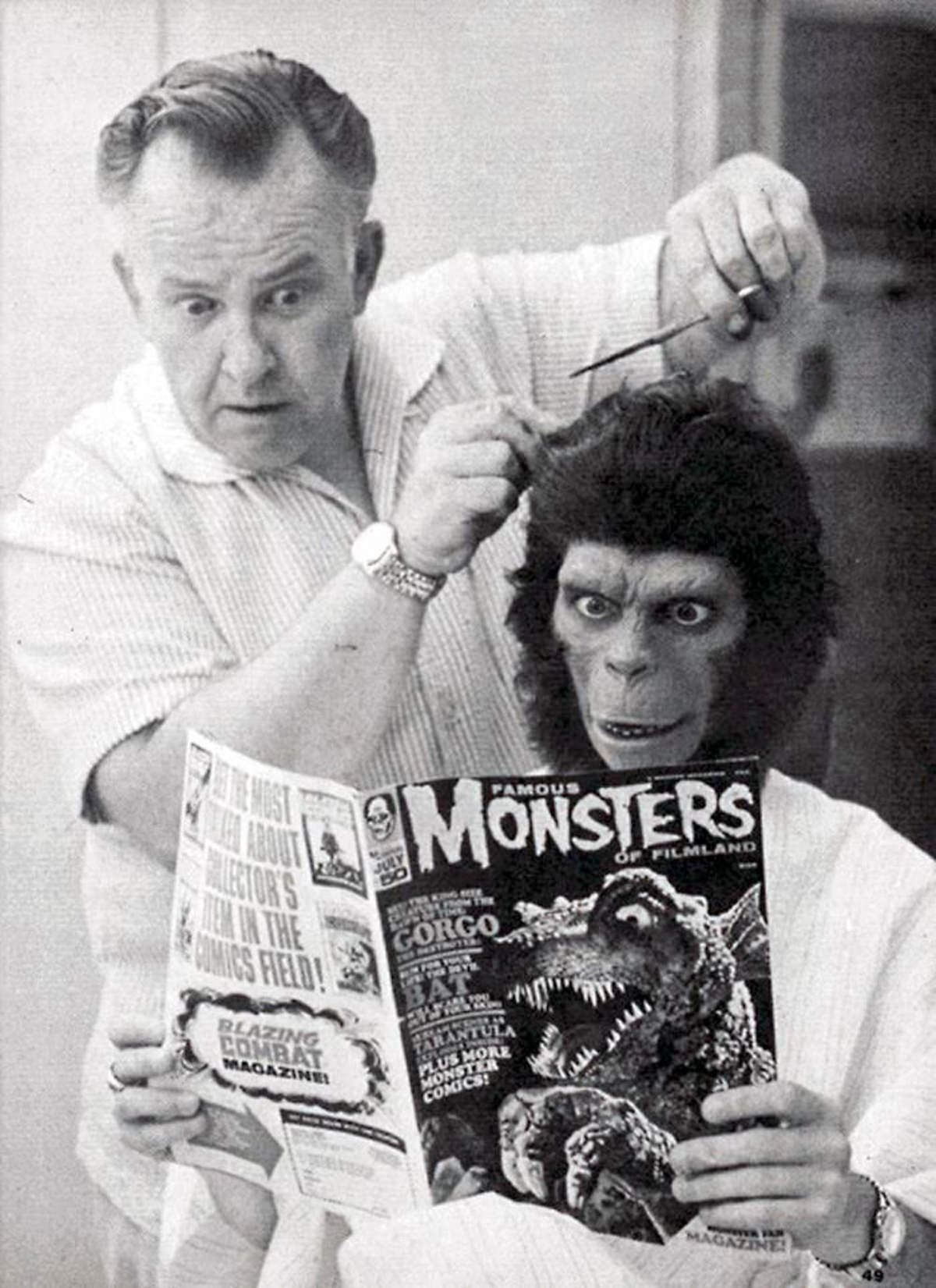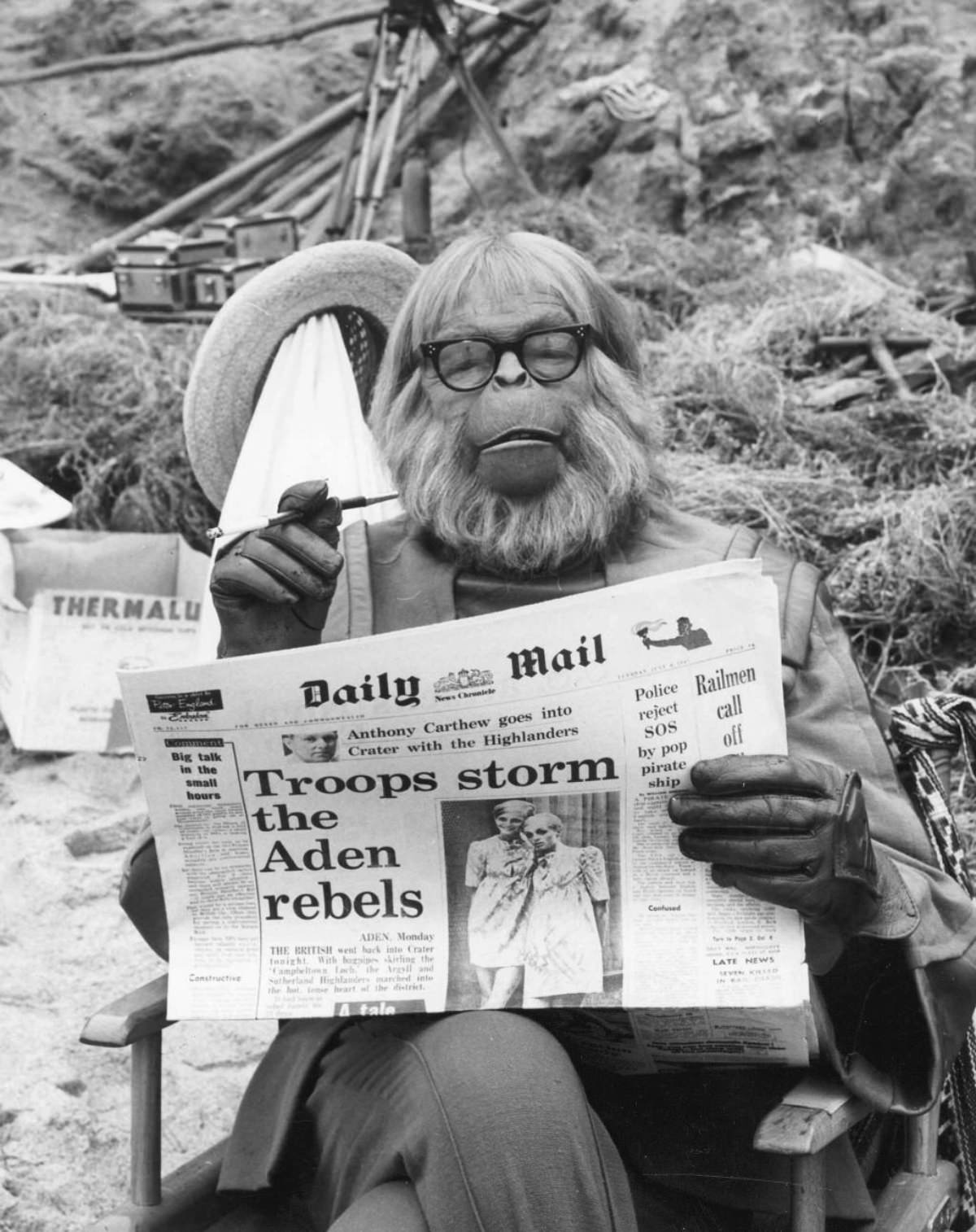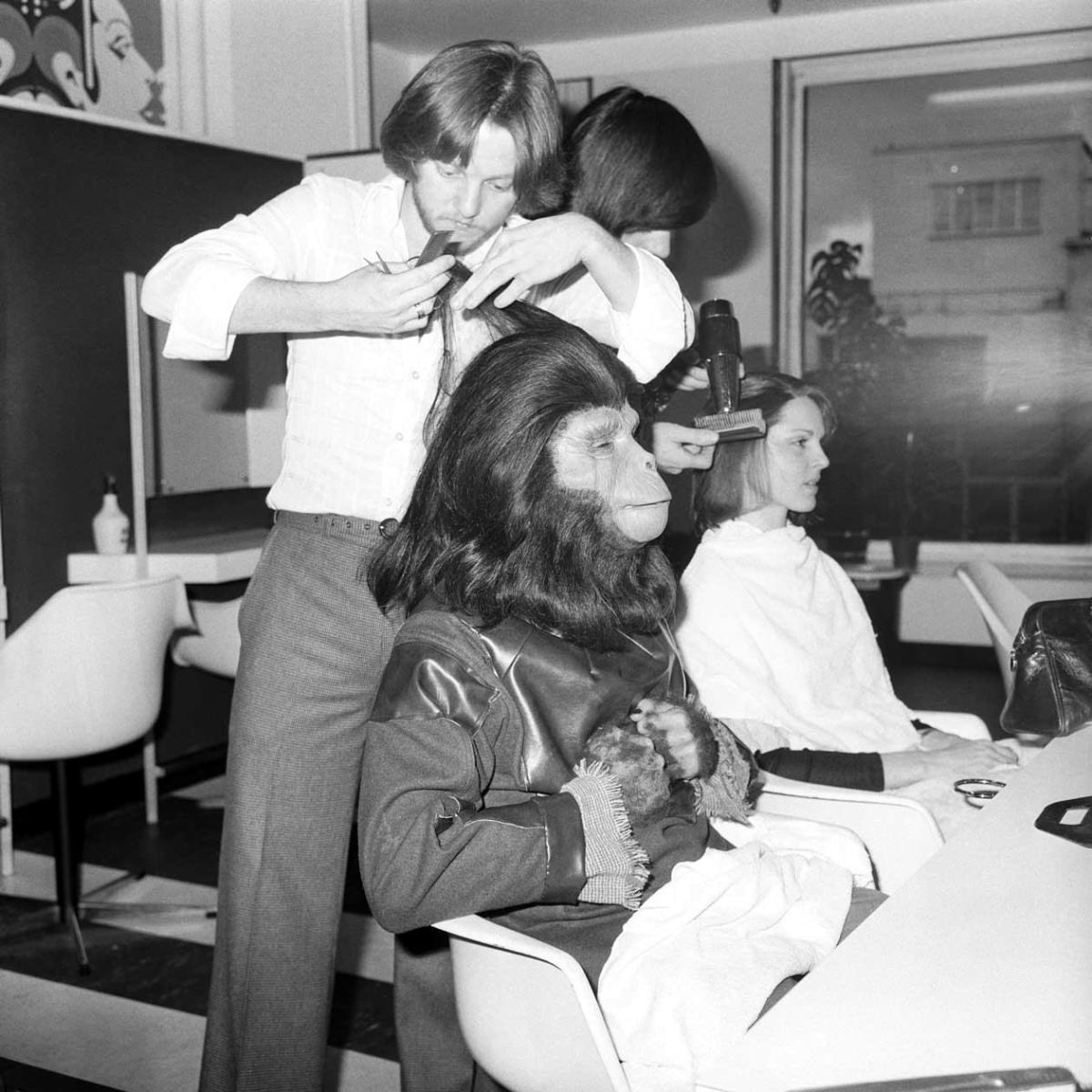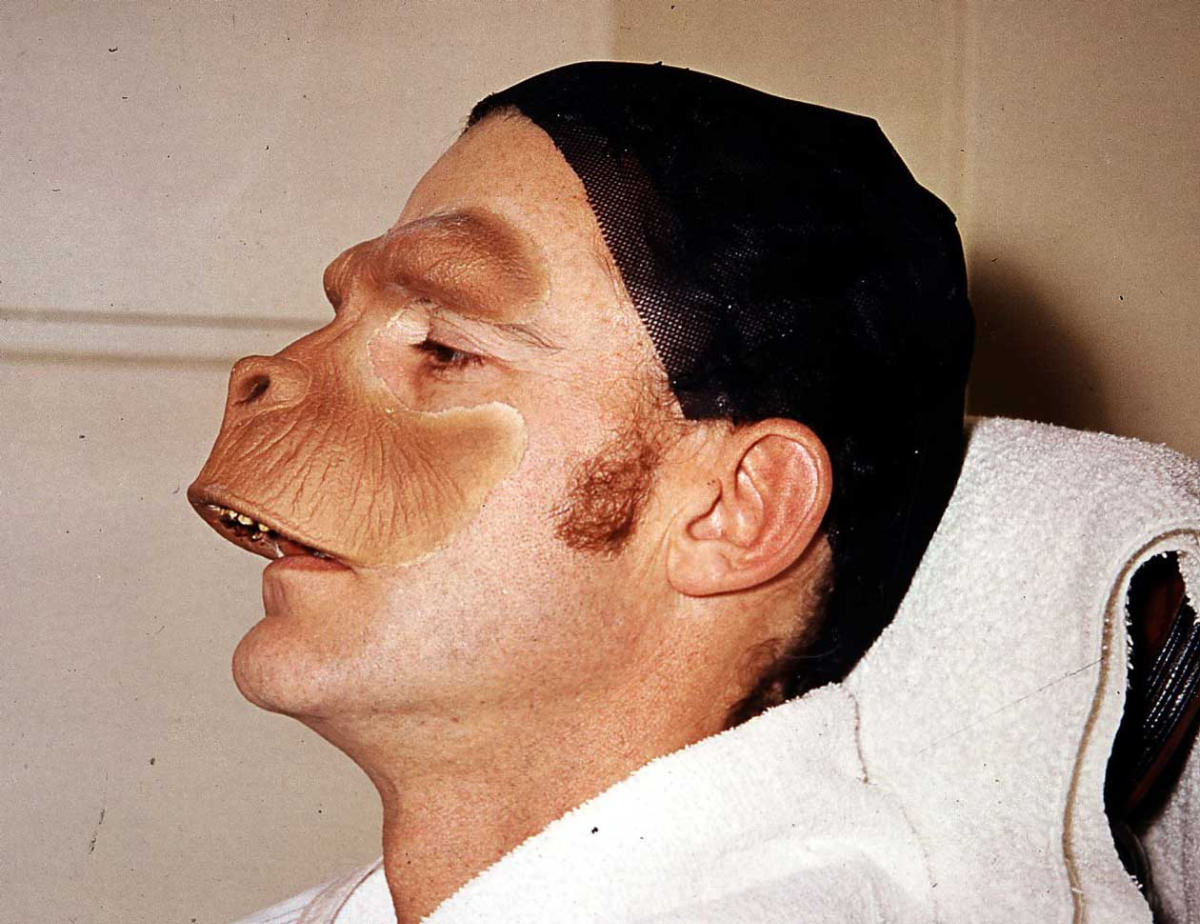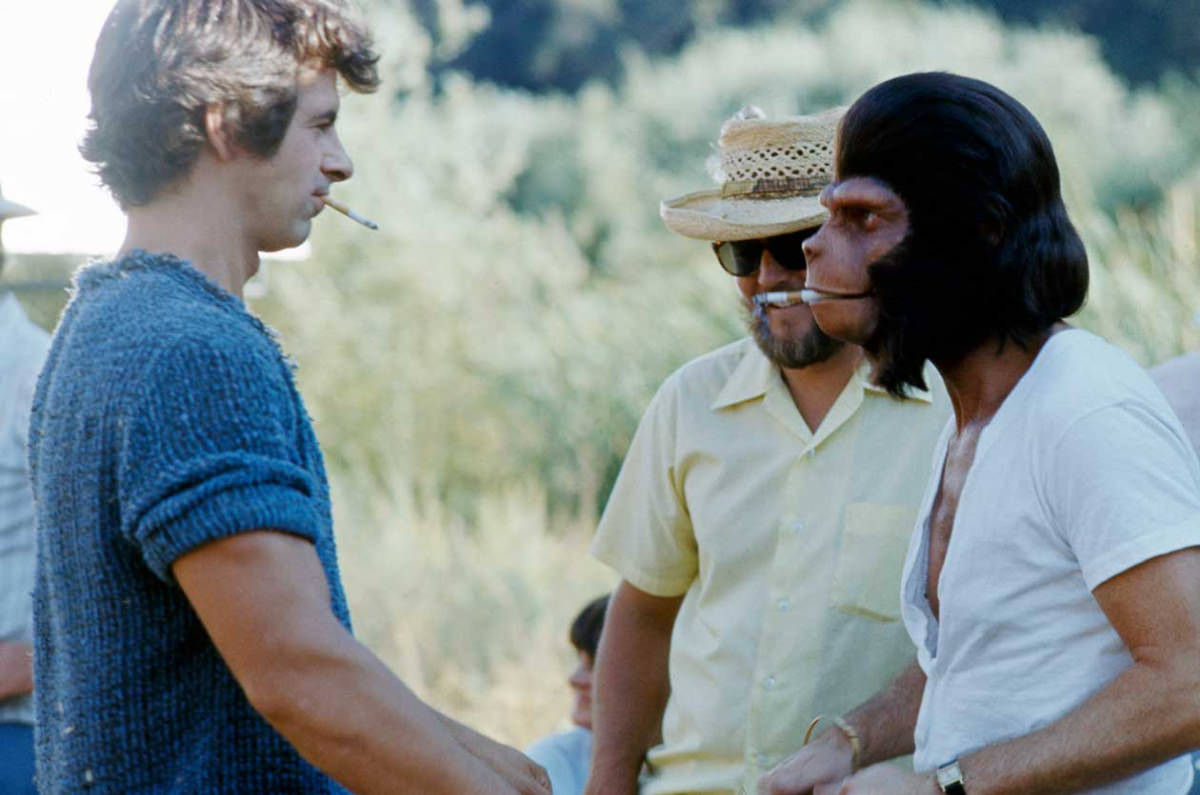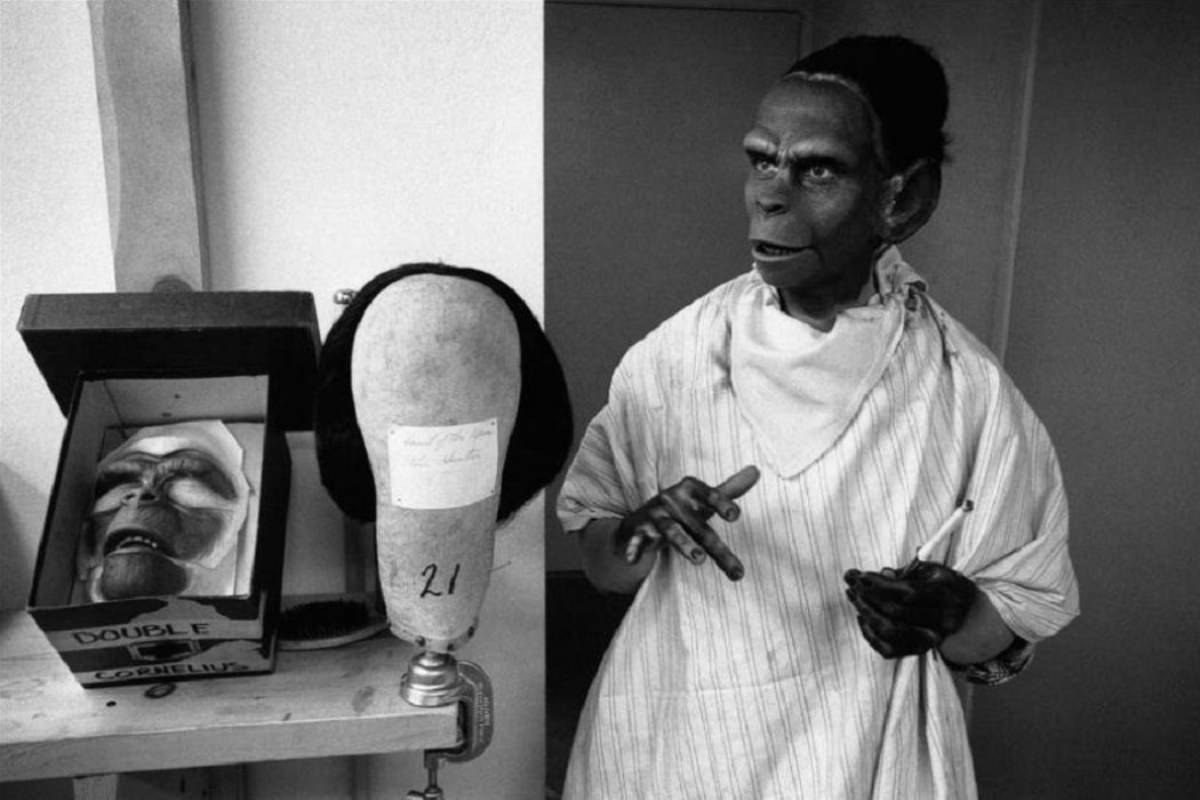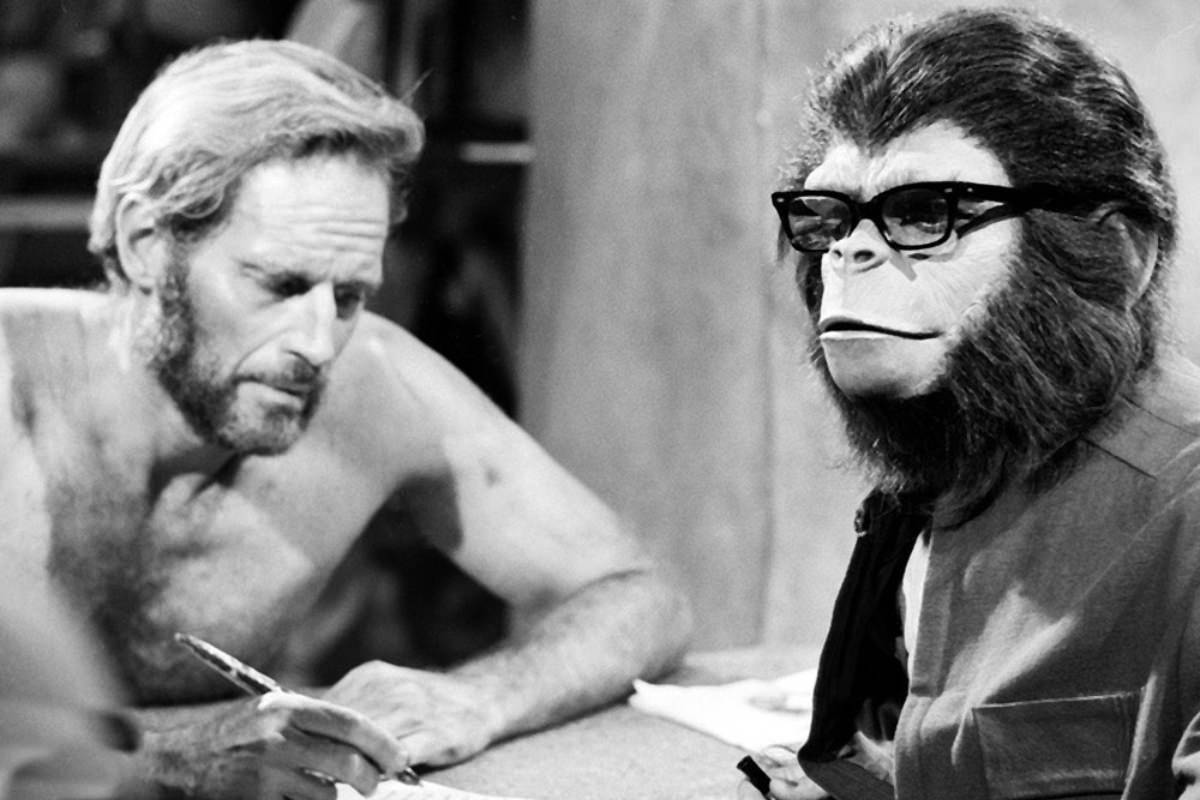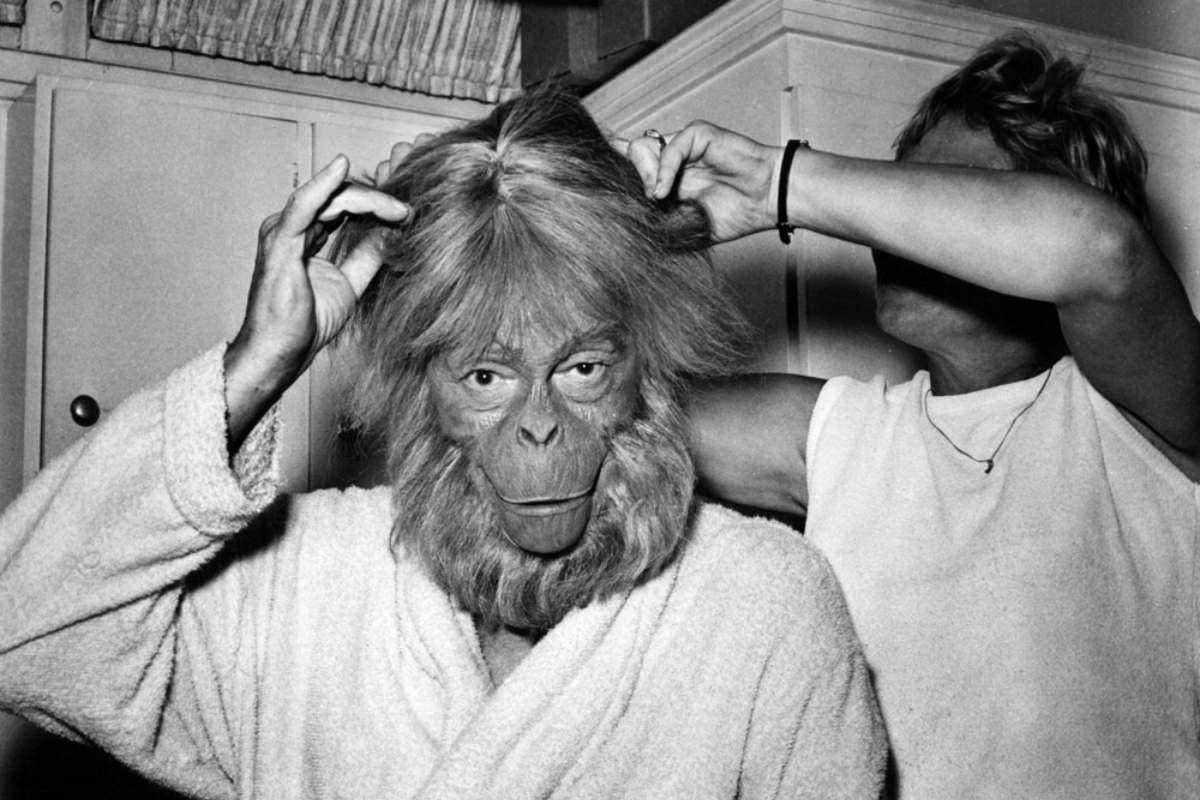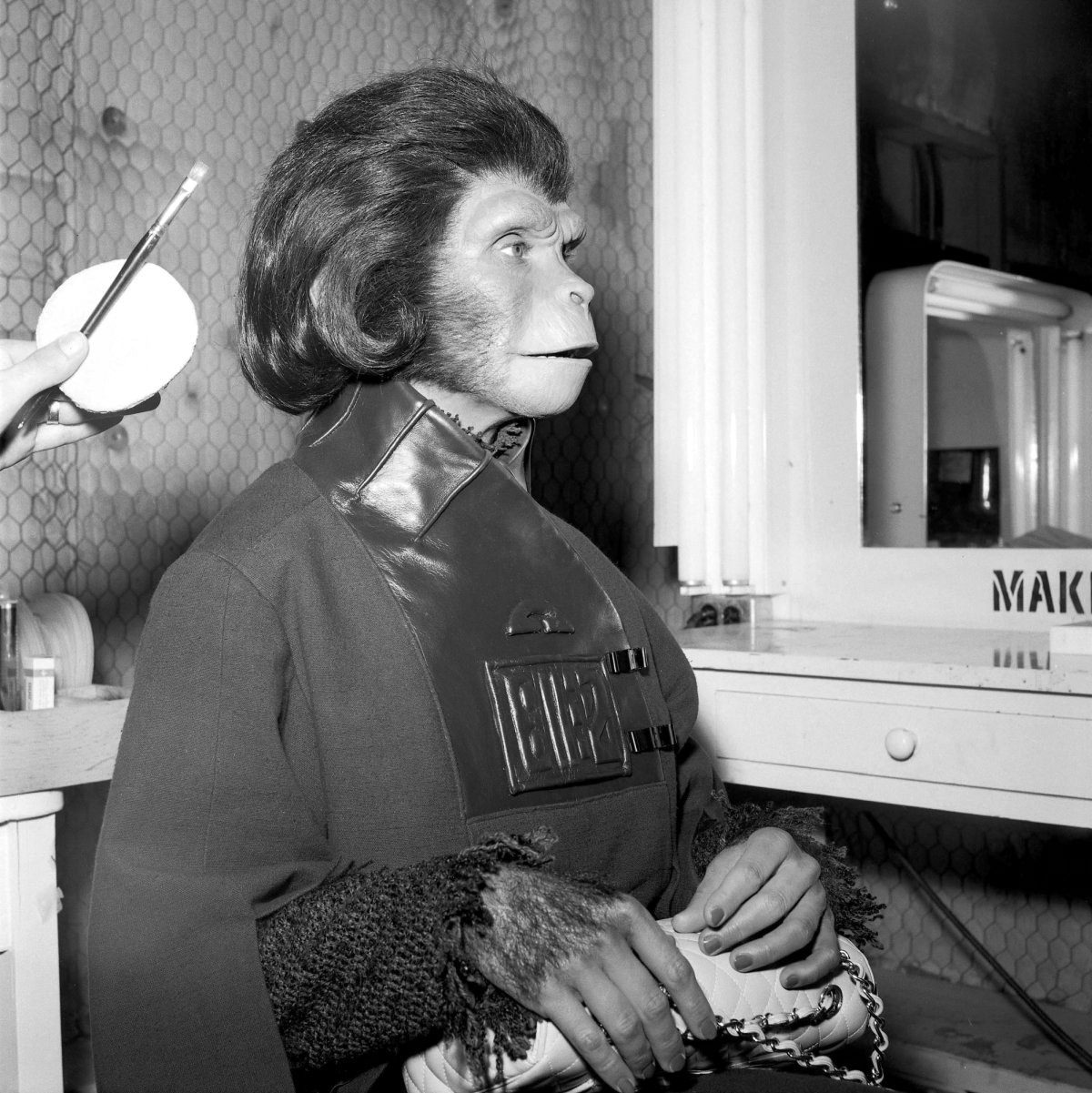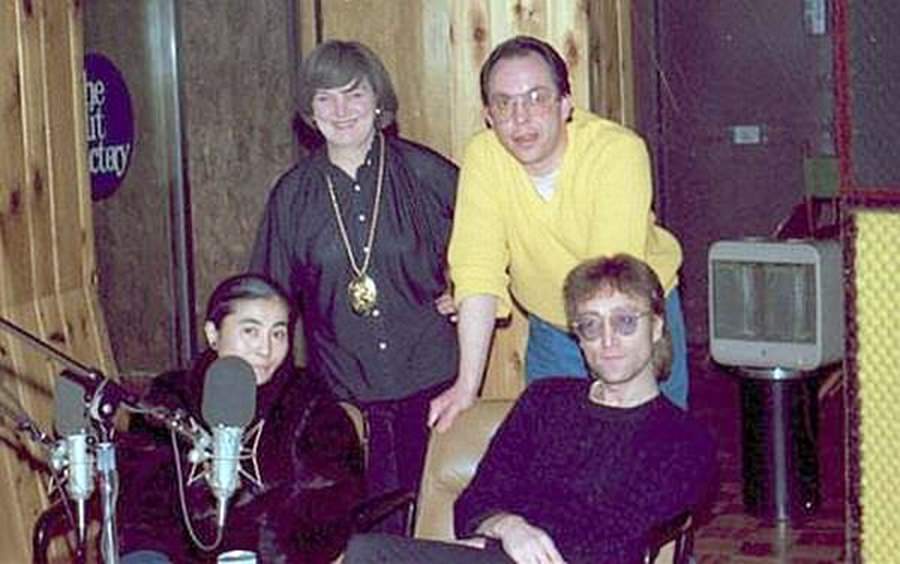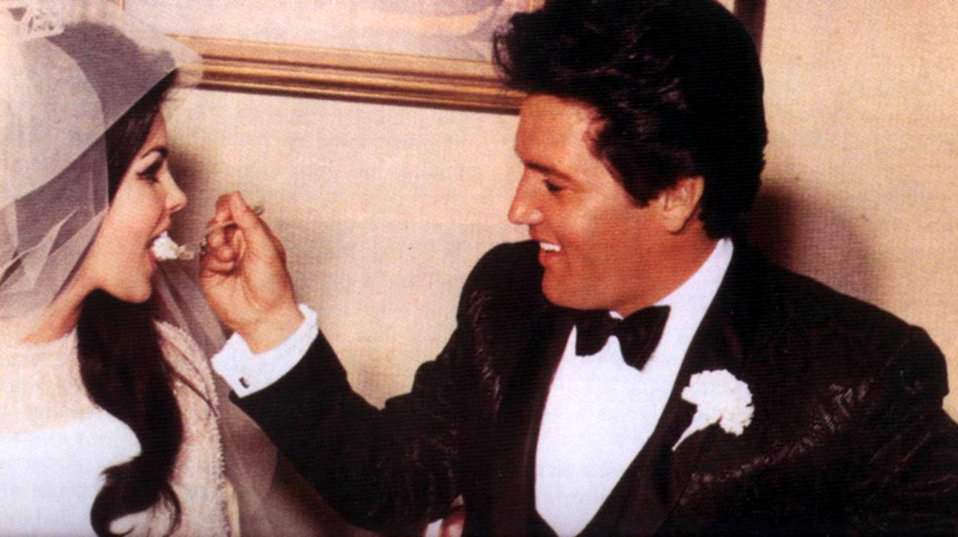“Planet of the Apes,” released in 1968, is a classic science fiction film directed by Franklin J. Schaffner. Based on the 1963 French novel “La Planète des Singes” by Pierre Boulle, the film features a screenplay by Michael Wilson and Rod Serling. It stars Charlton Heston, Roddy McDowall, Kim Hunter, Maurice Evans, James Whitmore, James Daly, and Linda Harrison. The movie was revolutionary for its time, particularly due to its innovative use of prosthetic makeup and costumes.
Filming and Production
Filming took place between May 21 and August 10, 1967, in various locations across California, Utah, and Arizona. The desert sequences, which are some of the most memorable parts of the film, were shot in and around Lake Powell in the Glen Canyon National Recreation Area. The film’s final cost was $5.8 million, a considerable sum for that era. The production team went to great lengths to create a believable and immersive world, which included the groundbreaking work in costumes and makeup.
Groundbreaking Makeup Techniques
The standout feature of “Planet of the Apes” is undoubtedly the prosthetic makeup. John Chambers, the makeup artist, played a crucial role in bringing the characters to life. Chambers was known for his expertise in creating realistic prosthetics. For “Planet of the Apes,” he designed elaborate ape costumes that were both innovative and transformative..
Read more
Chambers’ work was so influential that it set new standards for makeup in the film industry. His techniques involved using foam and spirit gum, materials that were relatively inexpensive and easy to obtain. Despite their simplicity, these materials allowed Chambers to create incredibly lifelike ape features. The makeup process was intensive, often requiring actors to sit through hours of application to achieve the desired look.
The Challenge of Costumes
The costumes in “Planet of the Apes” were another critical element of the film’s success. Many roles in the movie required actors to wear heavy and complex costumes, which were not suitable for everyone. For example, the role of Dr. Zaius was initially offered to Edward G. Robinson. However, Robinson backed out after realizing the extent of the makeup and costume requirements. The role was then given to Maurice Evans, who embraced the challenge without hesitation. Evans patiently endured the long and uncomfortable makeup sessions, even painting his nails to enhance the realism of his character.
Costume designer Morton Haack worked closely with Chambers to ensure that the costumes complemented the makeup. The goal was to create a seamless and believable appearance for each character. The costumes were made from various materials, including foam and latex, which were molded and painted to resemble ape skin and fur. The attention to detail in both the costumes and makeup was extraordinary, contributing significantly to the film’s success.
Creating Realism in Science Fiction
Chambers was determined to bring a sense of realism to “Planet of the Apes,” a concept that was relatively new to Hollywood at the time. He wanted the audience to believe that they were watching real apes with human-like intelligence. To achieve this, Chambers and his team spent countless hours perfecting the makeup and costumes. They pushed the boundaries of what was possible in the film industry, creating a new standard for science fiction movies.
The process of creating the ape characters was labor-intensive and required a great deal of patience from both the makeup artists and the actors. The actors had to wear the prosthetics and costumes for long hours, often under hot and uncomfortable conditions. Despite these challenges, the results were spectacular. The characters were incredibly realistic, and the audience was able to suspend disbelief and fully immerse themselves in the story.
The Actors’ Dedication
The dedication of the actors was crucial to the success of the film. Roddy McDowall, who played Cornelius, and Kim Hunter, who portrayed Zira, were particularly committed to their roles. They spent hours in the makeup chair each day and had to learn how to act through the heavy prosthetics. Their performances were nuanced and expressive, despite the limitations imposed by the makeup.
Charlton Heston, who played the lead role of George Taylor, also faced significant challenges. While his character did not require as much makeup as the ape characters, Heston had to interact with actors who were heavily made up. He had to maintain a sense of realism and believability in his performance, which he achieved with remarkable skill.


